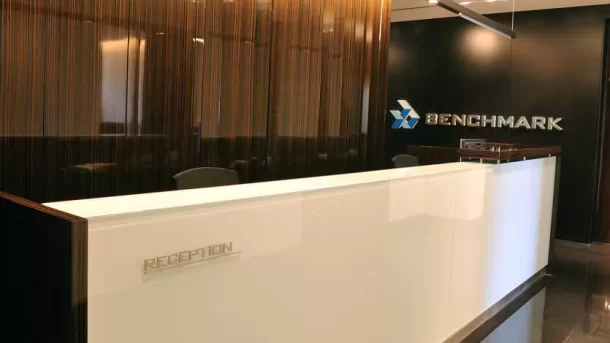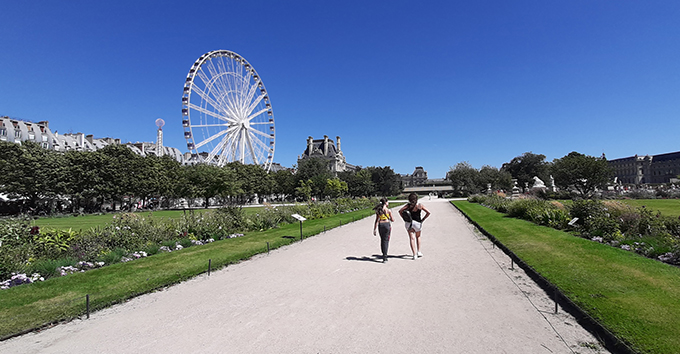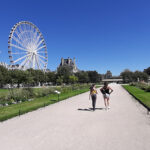Backpainted glass is a striking element in modern interior design, offering a smooth blend of color, functionality, and elegance. The process of creating backpainted glass involves precision craftsmanship and attention to detail to achieve flawless results.
Selection of high-quality glass:
The process begins with the selection of high-quality glass sheets that act as the canvas for the backpainting. Tempered or annealed glass may be chosen based on the specific requirements of the project, considering factors such as thickness and durability. The glass sheets are inspected for any imperfections or defects that may affect the final product’s quality.
Surface preparation:
Before painting, the glass surface must be meticulously cleaned and prepared to ensure optimal adhesion and color vibrancy. Any dirt, dust, or residues are removed using a combination of cleaning solutions and techniques. The glass is then dried thoroughly to create a clean and smooth surface for the paint application.
Custom color-matching:
Clients have the opportunity to select or custom-create the desired color for their backpainted glass panels. Advanced color-matching technologies and expert colorists work to match the chosen color precisely, ensuring consistency and accuracy across all panels. Samples may be provided for client approval before proceeding with the full-scale production.
Application of paint:
Once the color is finalized, the backpainting process begins. Specialized paint formulated for glass surfaces is applied to the backside of the glass using spray guns, rollers, or automated painting systems. The paint is applied evenly and in multiple layers to achieve the desired opacity and color intensity. Careful attention is paid to avoid drips, streaks, or uneven coverage during the application process.
Curing and drying:
After the paint application, the backpainted glass panels undergo a curing process to ensure proper adhesion and durability. Depending on the type of paint used, curing may involve air drying, heat curing in ovens, or UV curing using specialized equipment. This curing process strengthens the bond between the paint and the glass surface, improving the longevity and resilience of the finished product.
Quality inspection:
Once the curing process is complete, each backpainted glass panel undergoes a thorough quality inspection to ensure it meets the highest standards of craftsmanship and aesthetics. Inspectors examine the panels for any imperfections, color inconsistencies, or defects that may require correction. Only panels that pass the stringent quality standards are approved for installation or delivery to the client.







